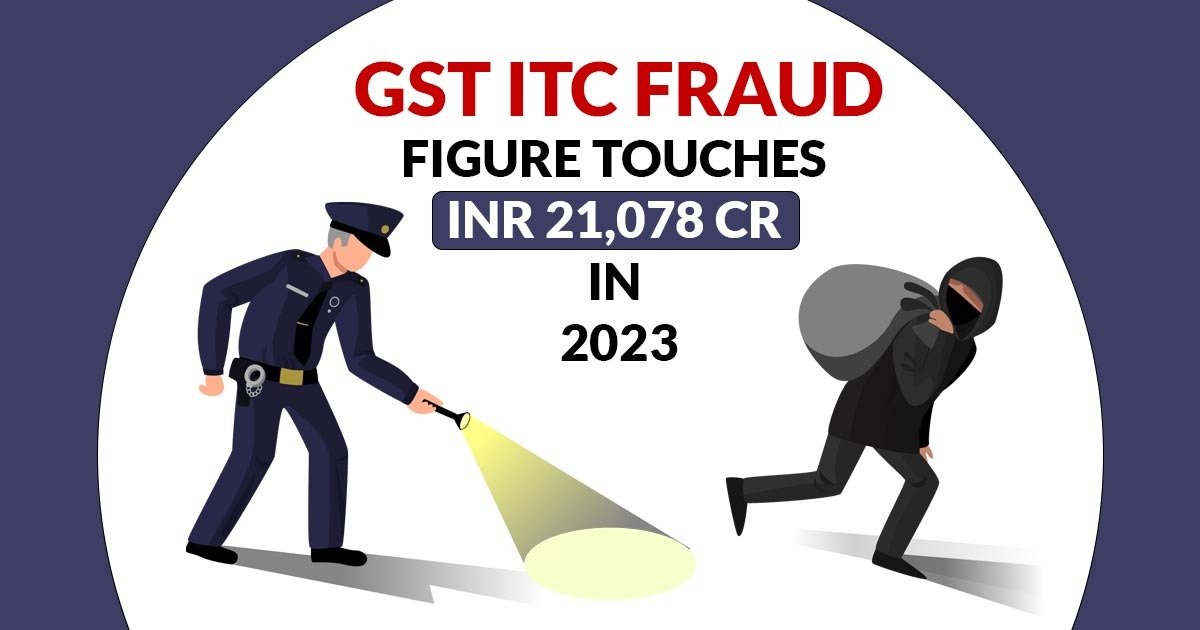Henderson, J.@mdashThis Rule raises a difficult question with regard to procedure. The Petitioner purchased the share in a certain occupancy holding. An application for pre-emption by Opposite Parties Nos. 1 and 2 has been allowed. The Petitioner is not a co-sharer. Her sons are co-sharers and no right of preemption could be enforced against them. The Petitioner''s case now is that she is a benamdar for her sons. Both the Courts below refused to take evidence on the point or to go into the question. The learned District Judge held that the question of benami cannot be enquired into in proceedings under this section. In my judgment, that proposition is too broadly stated. I have myself held on another occasion that the title of the vendor is not a matter which ought to be investigated in such proceedings. But the question whether the vendee in the document is a benamdar for some third person is on a different footing altogether.
2. The right of pre-emption is a creation of the section itself and it must be enforced by the procedure laid down therein. The right, however, is not automatic. Five exceptions are laid down in sub-sec. (1). Before a claim can succeed the applicant must establish that he has a right to pre-empt and the vendee is entitled to show that the case comes within one of the exceptions. If the Plaintiff''s case is true there is no right of pre-emption in the present case. The question is therefore not merely one that may be enquired into in these proceedings. It is essential that it should be enquired into to ensure a proper decision of the case.
3. It is of course quite true that it will be open to the sons to institute a suit. But the test is to see whether in the event of their success they will obtain the land or the money. It is, therefore, necessary to see what passes to the pre-emptor by the order of pre-emption. Sub-sec. (7) (a) provides as follows:
The right, title and interest in the share of the holding accruing to the transferee from the transfer shall be deemed to have vested in the co-sharer tenants whose applications to purchase have been allowed under this section.
4. That is to say, the effect is that the pre-emptor steps into the shoes of the vendee with the result that Opposite Parties Nos. 1 and 2 will get the land and the Petitioner''s sons the money. Similarly, if the sons are not parties to the proceedings an order for possession under sub-sec. (c) will serve no useful purpose.
5. As Opposite Parties Nos. 1 and 2 cannot bring a suit to enforce their right to preempt it is difficult to see how the sons of the Petitioner, after having their objection overruled, could institute a suit to obtain a declaration that the order for pre-emption was wrongly made. On this view they ought to be made parties to these proceedings.
6. Mr. Sen candidly drew my attention to the fact that the decision of Mitter, J., in the case of Nabendrakishore Roy v. Abdul Majid ILR 62 Cal. 939: s. c. 39 C. W. N. 673 (1935) is against him. This confirms the view which I have taken.
7. It remains to be considered whether I should interfere in revision. It is obvious that, if her case is true, the Petitioner has no interest in the matter at all. I only issued the Rule in order that the position might be clarified. The Petitioner has shown a red flag to Opposite Parties Nos. 1 and 2 and, if they choose to ignore it, they will only have themselves to blame for any consequence unfavourable to them. As in this case the Petitioner''s sons are not parties and the Petitioner has given notice that she does not represent them, they will not be bound by any order which may be made. But in view of the notice of the real facts now given by the Petitioner it would not be possible for Opposite Parties Nos. 1 and 2 to put forward any equitable defence to the title of her sons. I should, therefore, be quite prepared to make the Rule absolute with the consent of Opposite Parties Nos. 1 and 2.
8. The result is that the orders of both the Courts below are set aside and the case is remanded to the first Court. Within one month of the arrival of the record in the first Court, Opposite Parties Nos. 1 and 2 may make the sons of the Petitioner parties to the application. If they do not do so or if, after notice, the sons do not appear, the Munsif will allow the pre-emption. If the sons object, the Munsif will hear and determine the case in accordance with law. I make no order as to costs.

